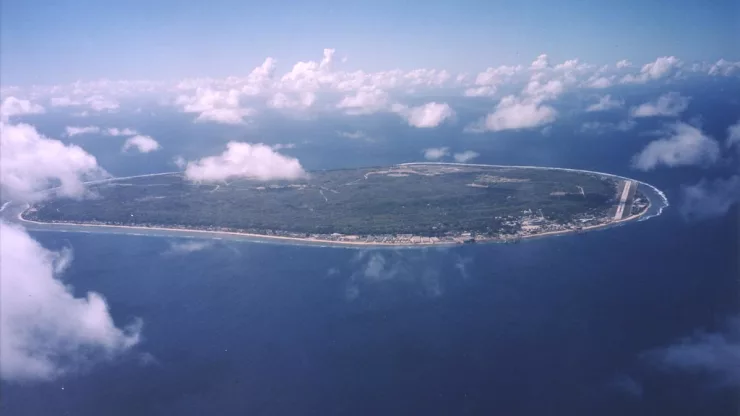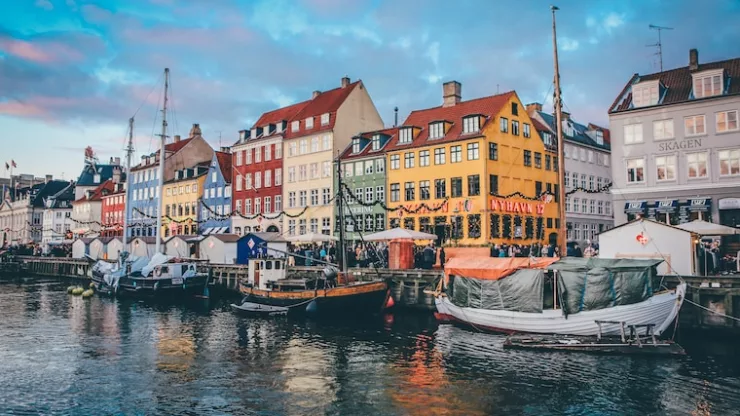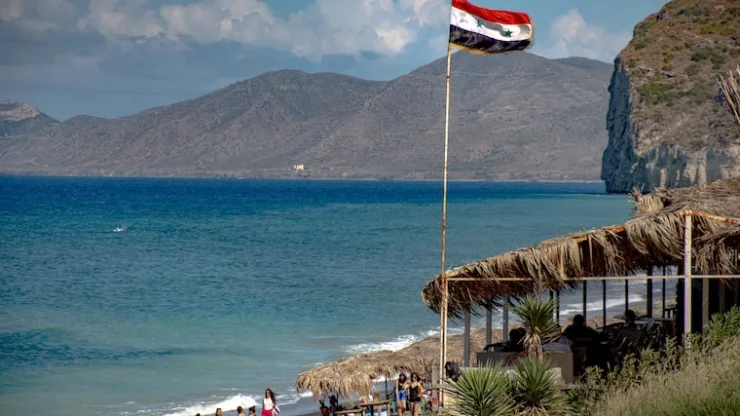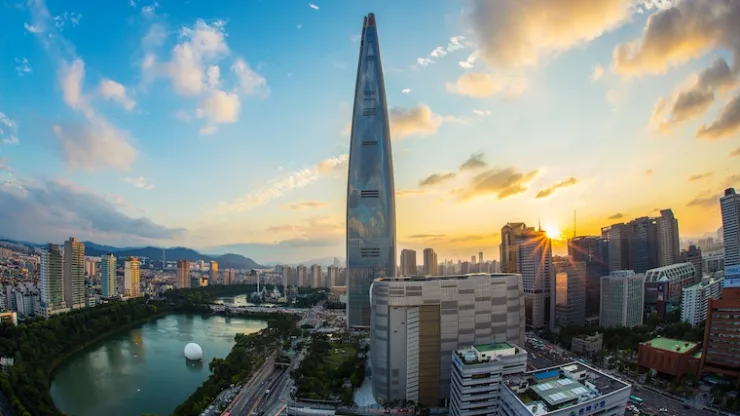Quick Facts
Capital: Yaren District.
Population: About 10,000 people. (CIA Factbook)
Language: Nauruan, English.
Economy: Heavily reliant on phosphate mining.
Geography: Smallest island nation.
Nauru, the world’s smallest island nation, boasts a rich history and captivating geography.
In this article, we’ll explore 27 fascinating facts about Nauru that you might not know.
From its unique natural resources to its intriguing political history, Nauru offers a world of surprises.
- Nauru is the third smallest country by land area. With a land area of only 21 square kilometers (8.1 square miles), Nauru is the third smallest country in the world, surpassed only by Monaco and Vatican City.
- Nauru is the world’s smallest island nation. Not only is Nauru the third smallest country by land area, but it’s also the smallest island nation on the planet.
- Nauru is located in Micronesia. This tiny nation lies in the Central Pacific, just south of the Equator. Its nearest neighbors are Kiribati to the east and the Federated States of Micronesia to the west.
- Nauru has no armed forces. The country relies on Australia for its defense, under an informal agreement between the two nations.
- Nauru has a population of around 10,000 people. This makes it the second smallest country by population, after Vatican City.
- The official language of Nauru is Nauruan. However, English is also widely spoken, particularly in government and business settings.
- Nauru gained independence from Australia in 1968. After nearly 50 years of administration by various colonial powers, Nauru finally achieved its independence on January 31, 1968.
- Phosphate mining was once the mainstay of Nauru’s economy. In the 20th century, Nauru was home to vast deposits of phosphate, a valuable natural resource used in fertilizers. At one point, Nauru was among the world’s wealthiest countries per capita due to its phosphate exports.
- Environmental damage from phosphate mining has been extensive. The process of extracting phosphate has left over 80% of Nauru’s land uninhabitable, with jagged limestone pinnacles making it difficult to cultivate crops or build infrastructure.
- Nauru is now heavily dependent on foreign aid. With the depletion of its phosphate resources, Nauru’s economy has suffered. The country relies on financial assistance from countries like Australia, New Zealand, and Taiwan.
- Nauru is a member of the United Nations. The country joined the UN on September 14, 1999.
- Nauru has a unique parliamentary system. The President of Nauru is both the head of state and head of government, with executive power vested in a 19-member unicameral Parliament.
- Nauru is one of the few countries without an official capital. While the district of Yaren is often considered the de facto capital, Nauru does not have an officially designated capital city.
- Nauru is one of the world’s least visited countries. With limited tourism infrastructure and few attractions, Nauru receives only a few hundred tourists each year.
- The Australian Dollar (AUD) is Nauru’s official currency. Nauru does not have its own currency and instead uses the Australian Dollar for all transactions.
- Nauru has a tropical climate. The island experiences a hot and humid climate year-round, with temperatures averaging around 30 degrees Celsius (86 degrees Fahrenheit).
- Nauru experiences a distinct wet and dry season. The wet season typically occurs between November and February, while the dry season runs from March to October.
- Nauru’s highest point is only 71 meters (233 feet) above sea level. Known as Command Ridge, it offers stunning panoramic views of the island and surrounding ocean.
- Nauru is home to a unique endemic bird species. The Nauru Reed Warbler (Acrocephalus rehsei) is a small songbird found only on Nauru.
- Nauru has no rivers or streams. Due to its small size and lack of mountains, Nauru does not have any permanent rivers or streams. Freshwater is a scarce resource on the island, and residents rely on rainwater and desalination for their water supply.
- Nauru is a significant hub for amateur radio enthusiasts. Due to its remote location, Nauru is a popular destination for amateur radio operators looking to make contact with other enthusiasts around the world.
- Nauru has competed in the Summer Olympics since 1996. Although the country has yet to win a medal, Nauru has fielded athletes in weightlifting, judo, and athletics.
- Nauru celebrates its National Day on January 31. This public holiday commemorates Nauru’s independence from Australia in 1968.
- Nauru’s national flag features a 12-pointed star. The star represents the 12 original tribes of Nauru, while the blue background symbolizes the Pacific Ocean and the yellow line represents the Equator.
- Nauru is home to the world’s smallest national park. The Moqua Well National Park, located in the Buada Lagoon, spans just 2.5 hectares (6.2 acres).
- The island’s residents face significant health challenges. Nauru has one of the highest rates of obesity and type 2 diabetes in the world, largely due to a diet high in processed foods and a lack of access to fresh produce.
- Nauru has one of the smallest land areas, but one of the largest exclusive economic zones. The country’s exclusive economic zone (EEZ) spans 320,000 square kilometers (123,553 square miles), providing Nauru with rights over the exploration and exploitation of marine resources in this vast area.
Frequently Asked Questions
Where is Nauru located?
Nauru is a small island nation located in Micronesia, in the Central Pacific Ocean, just south of the Equator.
Its nearest neighbors are Kiribati to the east and the Federated States of Micronesia to the west.
What is Nauru known for?
Nauru is best known for being the world’s smallest island nation, its rich phosphate deposits, and the extensive environmental damage caused by phosphate mining.
It is also known for its unique political history and limited tourism industry.
What language is spoken in Nauru?
The official language of Nauru is Nauruan, but English is also widely spoken, particularly in government and business settings.
What is the population of Nauru?
Nauru has a population of around 10,000 people, making it the second smallest country by population, after Vatican City.
What is the climate like in Nauru?
Nauru has a tropical climate, with hot and humid conditions year-round.
The island experiences a distinct wet season between November and February, and a dry season from March to October.
How does Nauru’s economy function?
Nauru’s economy has struggled since the depletion of its phosphate resources, which were once the mainstay of the island’s economy.
Today, Nauru relies heavily on foreign aid, primarily from Australia, New Zealand, and Taiwan.
What currency does Nauru use?
Nauru uses the Australian Dollar (AUD) as its official currency.
Does Nauru have a military?
Nauru does not have its own armed forces. The country relies on an informal agreement with Australia for its defense.
How do people in Nauru get fresh water?
Freshwater is a scarce resource on Nauru due to its small size and lack of permanent rivers or streams.
Residents rely on rainwater and desalination for their water supply.
What sports are popular in Nauru?
Weightlifting, judo, and athletics are popular sports in Nauru. The country has participated in the Summer Olympics since 1996, although it has yet to win a medal.
What is the highest point in Nauru?
The highest point in Nauru is Command Ridge, which stands at 71 meters (233 feet) above sea level.
What are some unique features of Nauru’s wildlife?
Nauru is home to the Nauru Reed Warbler, a small songbird that is found only on the island.
The island’s isolation and small land area mean that its biodiversity is relatively limited compared to other countries.
How do Nauruans celebrate their National Day?
Nauru celebrates its National Day on January 31, commemorating the country’s independence from Australia in 1968. The day is marked by public events, cultural performances, and various festivities.

I am a fun fact enthusiast and creator of Facts On Tap.
I love to share my knowledge and curiosity with readers and inspire them to learn something new every day.
When I’m not writing, I enjoy traveling, reading, and playing trivia games with my friends.




